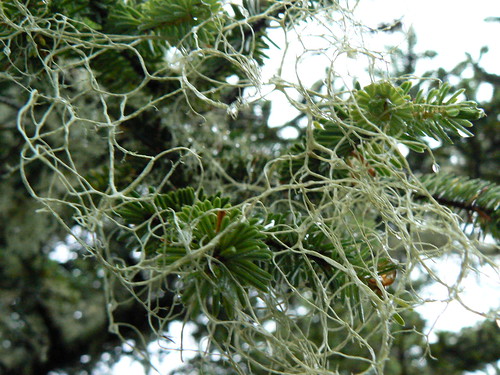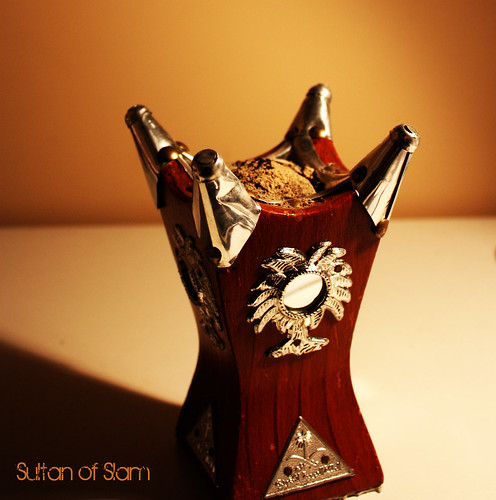Clean Agarwood Incense
Opposites do not only attract; they are also very similar. The musty, damp, rotting-wood scent of agarwood oil is precisely what makes it clean smelling. It's a strange olfactory paradox that I'm unable to explain.
I've created Bon Zai in 2001 as a custom scent to my ex-husband, who for no reason that I can explain, reminded me of Japanese garden. Bon Zai was meant to be minimalistic, woody and off-beat, like nothing else but at the same time with a sense of tranquility and purpose, harmony and balance like a bon sai tree in a zen garden with cool moss-covered rocks, flowing trails and trickling water; yet at the same time still evoke a very old tree at the top of a cliff.
Bon Zai was one of my very first perfumes and the skeleton for the formula was something that I found in Poucher's book called "Japanese Bouquet". I followed the formula similarly to how I follow recipes from a cookbook: I read it, imagine what it should be like, and try to make it ten times better.
The perfume you have recently experienced is different from the original 2001 creation because of a little transformation it went through just by adding two essences that characterize Japan's olfactory world: shiso and agarwood. Shiso is a very strange herb that looks like small patchouli leaves (or large mint leaves), with serrated edges. It is one of the most finicky things to cook with, as it reacts very badly to heat: it looses all of its aroma. In Japanese cuisine, green shiso is eaten fresh, as a whole leaf to wrap sashimi, or thinly sliced to garnish cold soba noodles. There is also purple shiso, but that's another story...
Shiso is a very strange herb that looks like small patchouli leaves (or large mint leaves), with serrated edges. It is one of the most finicky things to cook with, as it reacts very badly to heat: it looses all of its aroma. In Japanese cuisine, green shiso is eaten fresh, as a whole leaf to wrap sashimi, or thinly sliced to garnish cold soba noodles. There is also purple shiso, but that's another story...
What shiso did to the formula was transport the coniferous pine and juniper from the forest into the top of the mountain, where the air is clear and clean, and the forest is so healthy and pure that lichen grows on the wind-swept pines. It adds water and space to the wood, making it feel even more airy and light than it was ever before.
The agarwood adds a very subtle touch: the base otherwise has woody notes of sandalwood, vetiver and antique patchouli. The accent here is on the sandalwood though. Vetiver and patchouli in that particular context and ratio reads "woody" rather than "earth" or "dirt". The agarwood, although sharing some similarities with both sandalwood's precious woods and incense characters, and with the mustiness of vetiver and patchouli, goes all the way to the direction of pure smokeless incense. It's like a sheer veil of incense or the trail that a sandalwood fan leaves in its wake...





